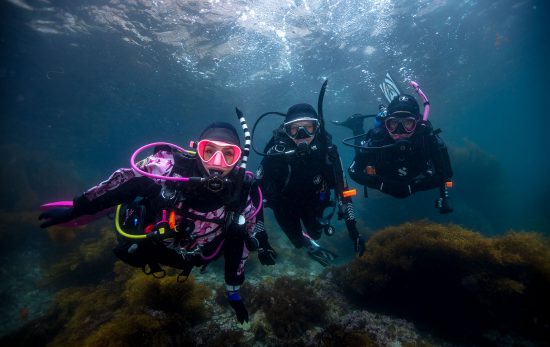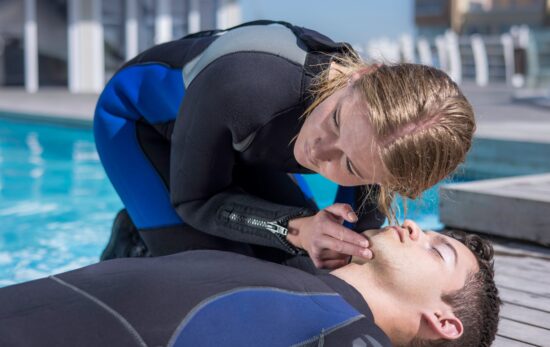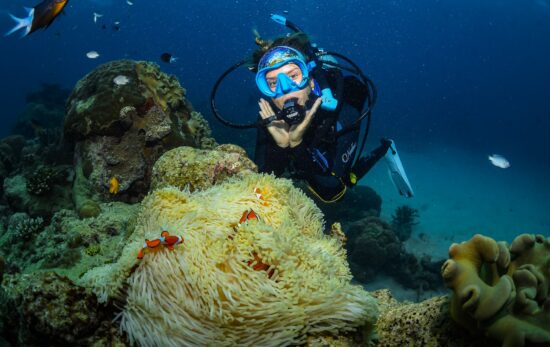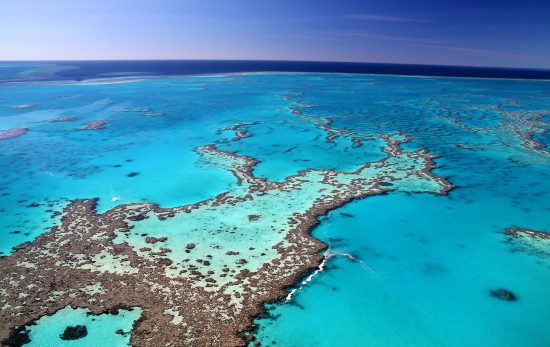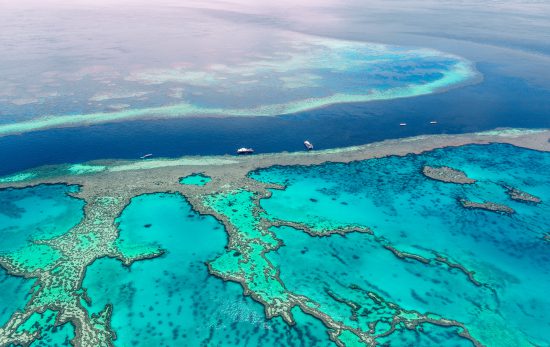When scuba diving Australia’s Gold Coast there are endless opportunities and a huge diversity of dive sites to explore. Although it’s usually the Gold Coast’s long sandy beaches, surfing spots and elaborate system of inland canals and waterways that usually spring to mind, the scuba diving here cannot be overlooked. There are a plethora of dive sites that are home to an array of marine life which is constantly changing throughout the year.
On the doorstep of the Gold Coast is the Cook Island Marine Reserve. The Marine Reserve is located approximately 600 m offshore from Fingal Head and 4 km south-east of Tweed Heads in northern NSW. This is a haven for scuba divers which offers rich marine biodiversity and sites that are suitable for all levels. Divers can expect to see everything from reef and pelagic fish including puffer fish, groupers, surgeonfish, anemone fish, leatherjackets, parrotfish, trevally, bulls eyes and sweetlips.
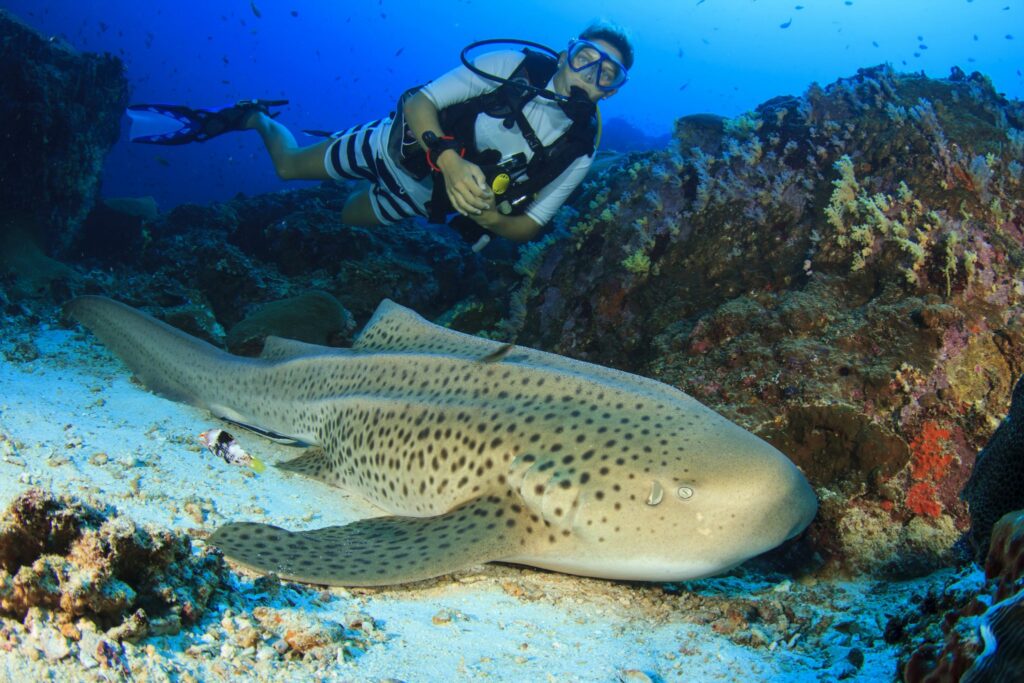
For wreck divers, the nearby historic wreck of the Scottish Prince is a living reef that’s bursting with colour and teeming with life. The Scottish Prince was a 64m long steel-masted iron barque operated by the Shire Line. On February 3rd 1887, after a four month journey from Glasgow, the ship ran aground on a sand bar off Main Beach, Southport. Today the Scottish Prince is a historic shipwreck and a haven for marine life. The bulk of the ship is encrusted in algae and soft corals and schools of fish swarm around the wreck. Check out more amazing Gold Coast scuba diving sites here.
When to dive
Scuba diving the Gold Coast is seasonal depending on the marine life you are hoping to see, from June to October tends to be among the most popular months as this is also when you’ll have the chance to join one of the many whale watching tours for spotting minke and humpbacks.
If you prefer warmer water then diving between November and February gives water temperatures of up to 26°C or 79°F. During these months there are also the most reported leopard shark sightings when scuba diving the Gold Coast!
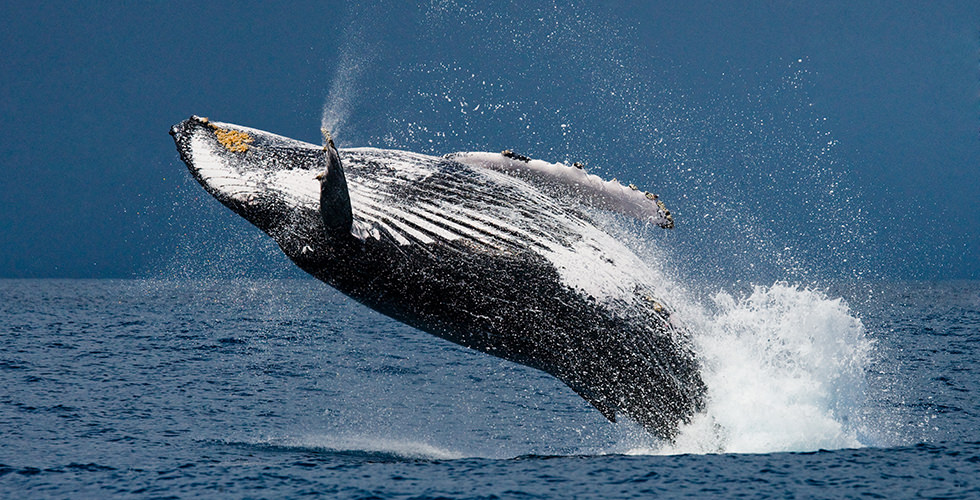
Dive Conditions
The climate is sub-tropical which makes for consistently warm daytime temperatures regardless of the time of year. During the winter months, water temperatures are rarely below 19°C / 66.2°F and most divers will be comfortable in a 7mm wetsuit with a hood depending on your personal comfort levels – some divers opt for semi-tropical dry suits or drysuits instead. During the summer months, water temperatures hover at around 24°C to 26°C or 75°F to 79°F.
Sea conditions vary from secluded quiet dive sites with little to no current to some more challenging and deeper sites for more experienced divers. For these sites, it’s worth obtaining your PADI Advanced Open Water certification so you can explore to 30 meters. If you are an Open Water Diver, or plan to learn to dive on the Gold Coast, there is still plenty to explore and see, or, why not take your advanced course while you are there?
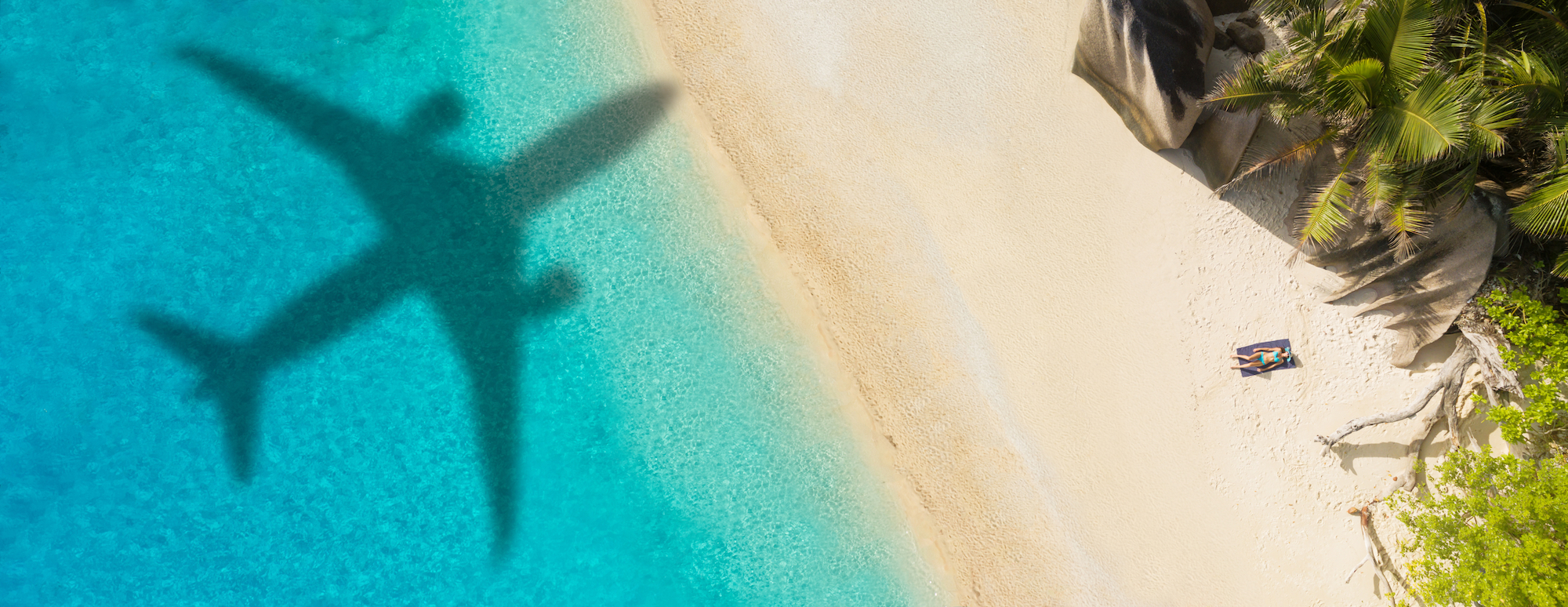
How to get there
If you are planning on flying to the Gold Coast, there are two main airports in the area. Coolangatta Airport (Gold Coast Airport) is located just outside of Gold Coast city, while Brisbane International Airport is around 90 minutes away by road.
Ready for your next adventure?
Check out dive centres and start your scuba diving Gold Coast adventure today.

